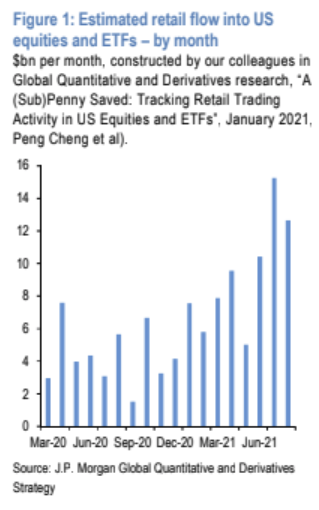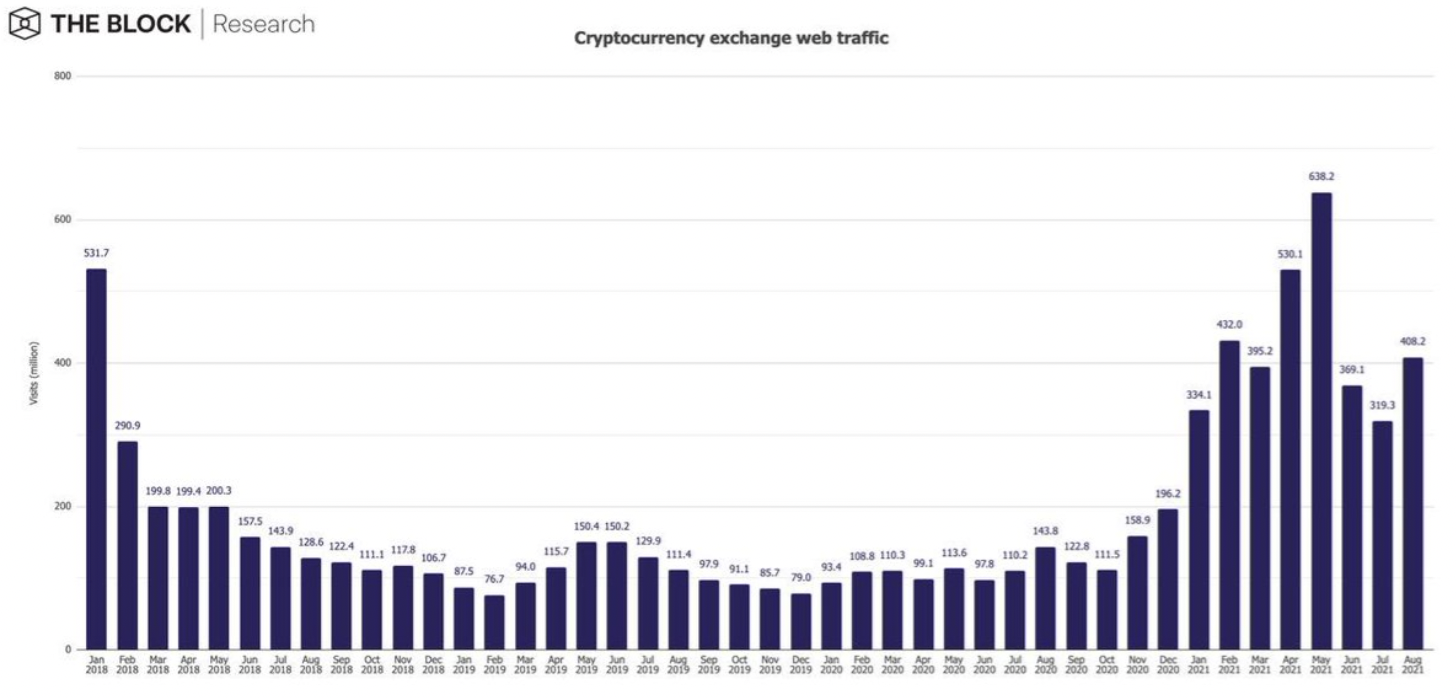The spending frenzy for Bored Apes, Cryptopunks, Pudgy Penguins and other “NFT communities” has sparked a parallel frenzy in futurism.
Commentators like Kevin Roose at the New York Times are pondering whether owning a unique avatar drawn from these digital art “drops” could manifest into a new, monetizable expression of a person’s online digital status – combining the social value of a Twitter check mark, perhaps, with the speculative value of a diamond ring. Others talk about how these new identities will build hierarchies in the metaverse, that online world to which we’re all supposedly migrating.
You’re reading Money Reimagined, a weekly look at the technological, economic and social events and trends that are redefining our relationship with money and transforming the global financial system. Subscribe to get the full newsletter here.
To understand why this phenomenon inspires such futuristic visions, it’s also important to see what it takes from humanity’s past. We need to acknowledge that it taps into the deeply ingrained connection that art and iconography – from the Christian cross to Nike’s swoosh – have always had with the human need to belong.
I think this merging of the antique with the novel – applying that deep-seated connection between art and community to the new world of online markets in unique digital assets – is what gives this trend far greater prospects for economic disruption than initial coin offerings ever had. Add decentralized autonomous organizations (DAOs) into the mix, and that potential is amplified even more.
The semiotics of belonging
In my first book, “Che’s Afterlife: The Legacy of an Image,” I explored the global expansion of the iconic image of the communist revolutionary Ernesto “Che” Guevara, one of the great pre-digital memes of the 20th century, and the cult-like communities that formed around it.
I was less interested in Che Guevara the historical figure than in the romanticized idea of “Che” embraced by devotees around the world in the half-century since his death in 1967. That idea is most often encapsulated in a unique image of the Cuban-Argentine guerilla captured by Havana-based photographer Alberto Korda. It appears on T-shirts, on college dorm-room posters, in tattoos, sometimes in the original black-and-white photographic form but mostly as a two-tone screenprint. Derivative versions place it in different contexts that alter its meaning and turn a left-wing radical into an ironic or sometimes non-ironic commentary on culture and capitalism – Che as Christ, as Colonel Sanders, as a brand of beer, as a motif on a bikini worn by Gisele Bundchen.
What I learned was how images can become shorthand for a statement of membership and belonging. These can be attached to giant rules-based communities, as with the iconography of religions or the flags of nation-states, but it also applies to more transient forms of belonging, such as the logos of popular clothing brands or the symbols of sports teams. Since the dawn of history, groups have been using art to signal both membership of the “tribe” and their differentiation from other tribes.
The value of both the art and membership are intrinsically linked.
The boom in non-fungible token (NFT) communities is an extension of this millennia-old social behavior. Both the issuers and buyers of “Pengus” and “Apes” are collectively striving to build a powerful feedback loop between the appeal of their respective NFT imagery and the formation of an ever-stronger community bond.
Those that succeed will not only boost the value of the underlying NFT collection but also forge a sense of affiliation, as well as a desire among outsiders to cross the “velvet rope” and enter the club. Thanks to the magic of digital assets, success translates directly into financial payoff.
It’s a powerful combination. As anyone who has studied cryptocurrency trends understands, organic promotion by a self-motivated fandom is the best way to generate price appreciation for a token. In NFT communities this FOMO (fear of missing out) game is amplified even more, because membership gives you both the satisfaction of belonging to the club and the capacity to flex your own, individual status through a unique avatar.
See also: A Dictionary for Degens | The Node
In this environment, price becomes a very clear measure of the success of a community. Prices of the NFT collections that are generating the most buzz and membership FOMO are the ones that are soaring. The question is: Does that reflect market demand for the art or is the strength of the community the key force driving the price?
I’m not sure we can answer that question. You can’t disentangle those forces from each other. The value of both the art and membership are intrinsically linked.
NFTS and DAOs: A powerful combo
Now work into this idea the construct of DAOs, where governance in shared investments, software projects or philanthropy is managed by a smart contract rather than by any one administrator.
What emerges is an entirely new idea for what constitutes an enterprise, a new “theory of the firm,” if you will, one that could have a profound impact on innovation and creativity.
As NFT DAOs grow and continue to reinvest the proceeds of their success into new digital asset or art projects, it’s easy to imagine an explosive process of development being unleashed.
Just look at the influence of ApeDAO, a collectively owned investment pool that has been aggressively acquiring NFTs and turning itself into something of a market maker. Last month, it “swept the floor” of the Bored Ape market, picking up dozens of NFTs at low prices, which pushed up the value of the entire collection, in which it has significant holdings, along with other NFT assets. ApeDAO provides a link to its collection, which on Thursday was valued at around $7 million. That kind of strategy is fueling ever more activity in this industry.
This is not to say many NFTs haven’t become overpriced in this current phase or that people buying at these levels won’t lose their shirts. There are plenty of risks that could throw friction into this process, not the least of which is that the tokens of some NFT projects potentially contain the characteristics of securities, exposing them to legal action. (TL;DR: It’s complicated. This is unchartered territory for regulators.)
But the bigger point is that this craze, which to some can seem so frivolous, contains within it some enormously transformative potential. Ignore it at your peril.



